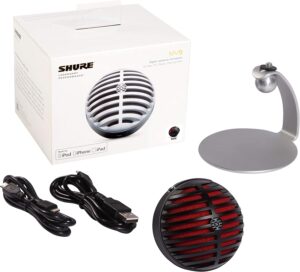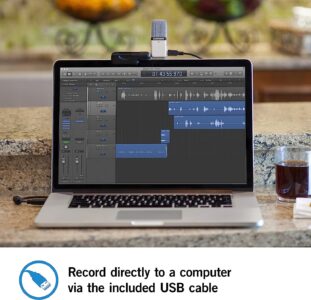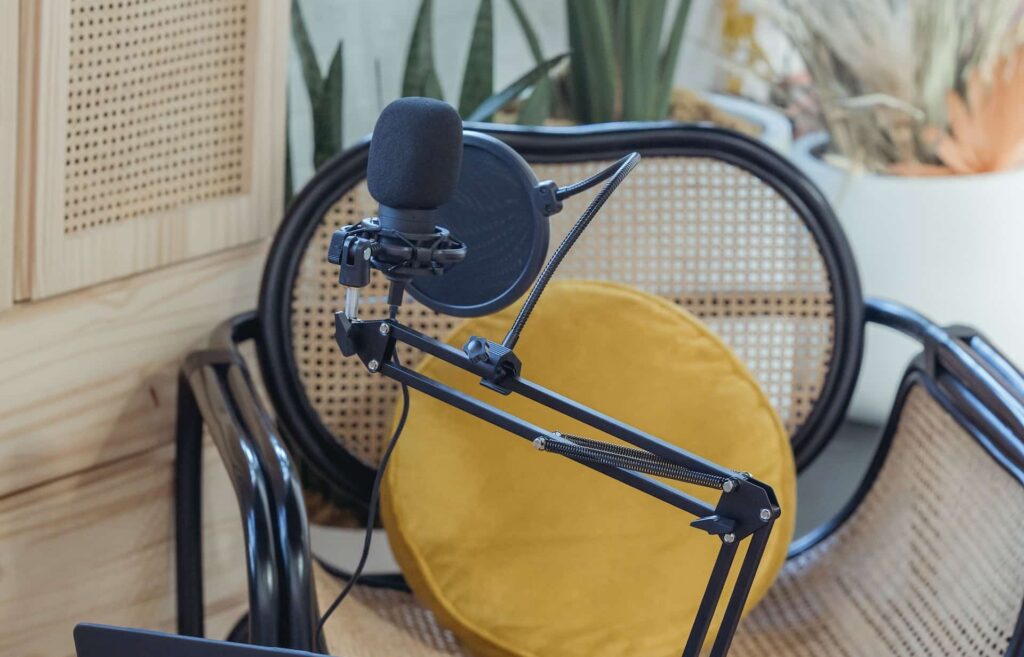In our digitally interwoven world, robust communication tools have evolved from luxury to necessity.
More than ever, our personal and professional lives revolve around virtual interfaces, with Zoom calls emerging as a dominant platform. Clear audio is crucial for teachers guiding students, professionals leading pivotal meetings, or content creators engaging with their audience. Misunderstandings and miscommunications can lead to myriad problems and must be minimized. Therefore, this necessitates investing in the best microphones for Zoom calls.
A superior microphone offers more than just clear audio. It provides a seamless, immersive experience, elevating your virtual presence. In this comprehensive guide, we dissect the nuances of some of the best microphones on the market, examining their features, strengths, and weaknesses. Our aim is to guide you through this often-confusing journey to find the microphone that best suits your Zoom needs. So, buckle up for detailed reviews, a thorough buying guide, answers to frequently asked questions, and our final thoughts on our top picks.
























































